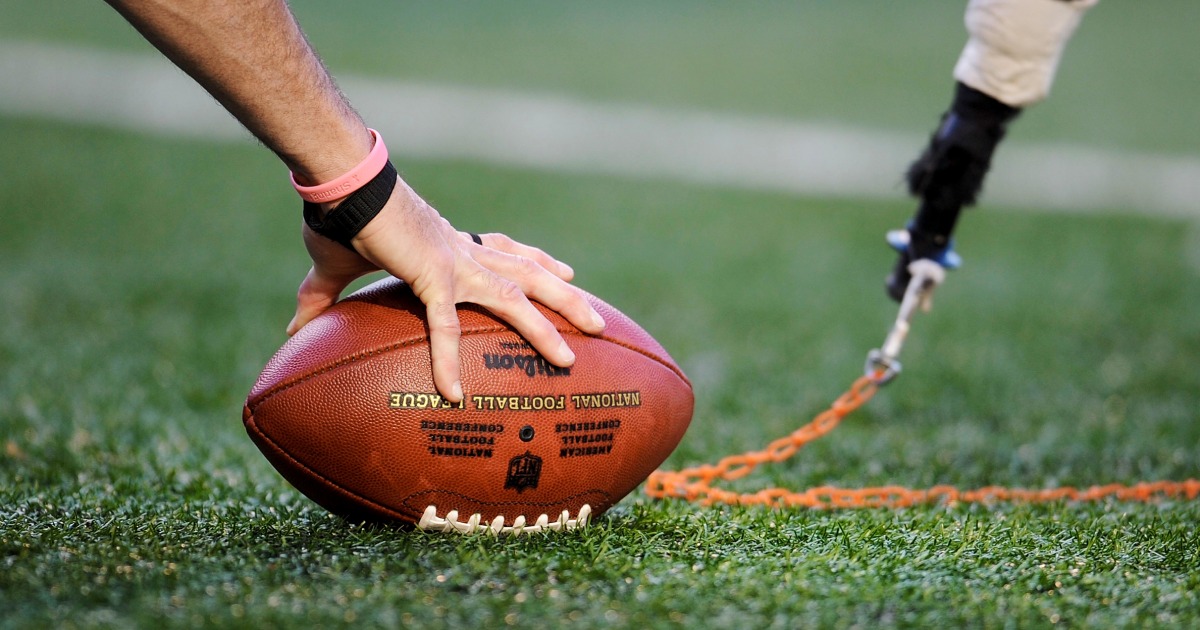
When the NFL regular season kicks off Thursday night on NBC, you may notice a conspicuous absence the first time the referees need to measure the spot of the ball.
That’s because, beginning with this preseason, the league has introduced Sony’s Hawk-Eye technology as the new primary method for measuring the line to gain. That means no more chain gang dramatics when refs are trying to determine whether a team did (or did not) gain enough yards for a first down.
“Combining the art of officiating with Sony’s trusted Hawk-Eye system is a healthy recipe for success in our commitment to raising the standards of accuracy, consistency and efficiency,” Troy Vincent, the NFL’s executive vice president of football operations, said in a release when the partnership was announced in April. “Replay technology and data-driven insights from Sony’s Hawk-Eye Innovations aid us in advancing our efforts toward the future of football.”
There are two main reasons for the switch to the Hawk-Eye tech, which is also used in sports such as soccer, cricket and tennis.
One is efficiency — the league claims using Hawk-Eye will allow officials to measure the spot of the ball in 30 seconds, allegedly saving up to 40 seconds compared with the traditional chain gang.
The second reason is accuracy, as the technology uses six 8K cameras to track the position of the ball at the spot relative to where it was snapped. With the new system, teams will now know precisely how short they are of the first-down marker.
The first use of the virtual measurement came in July, during the Hall of Fame game between the Detroit Lions and the Los Angeles Chargers:
There is one glaring issue with the Hawk-Eye tech, though.
Aside from the fact that viewers will no longer be treated to the theater of the chain gang running out to measure the line to gain while eager players crowd around them, for now, the league isn’t using the technology to actually spot the ball.
That means determining where the ball should actually be placed on the field is still up the officials watching from the sidelines.
For example, remember the controversial fourth-down call in January’s AFC championship game between the Buffalo Bills and the Kansas City Chiefs? On a Josh Allen fourth-down sneak, referees ruled the Bills quarterback short of the line to gain.
Under the current iteration of the Hawk-Eye system, the spot of the ball on that play would still depend on the judgment of the officials, which means Buffalo couldn’t have asked for the technology to determine whether Allen actually picked up the first down.
Teams are still welcome to challenge the spot this season, but the officials and the replay booth will ultimately decide where the ball will be placed on the field, not the super-high-definition cameras.
And as for those who care only about the chain gang, fear not. It will still be on the field in a “secondary capacity.”
